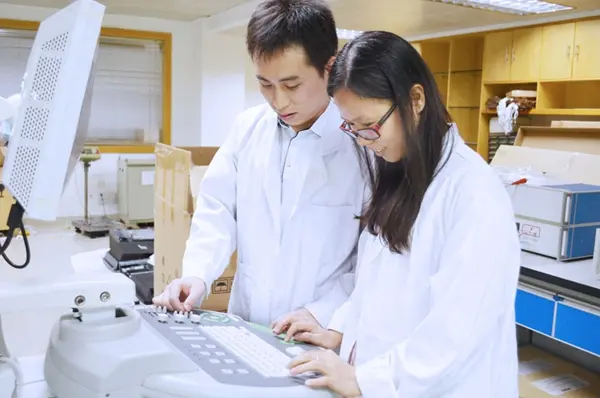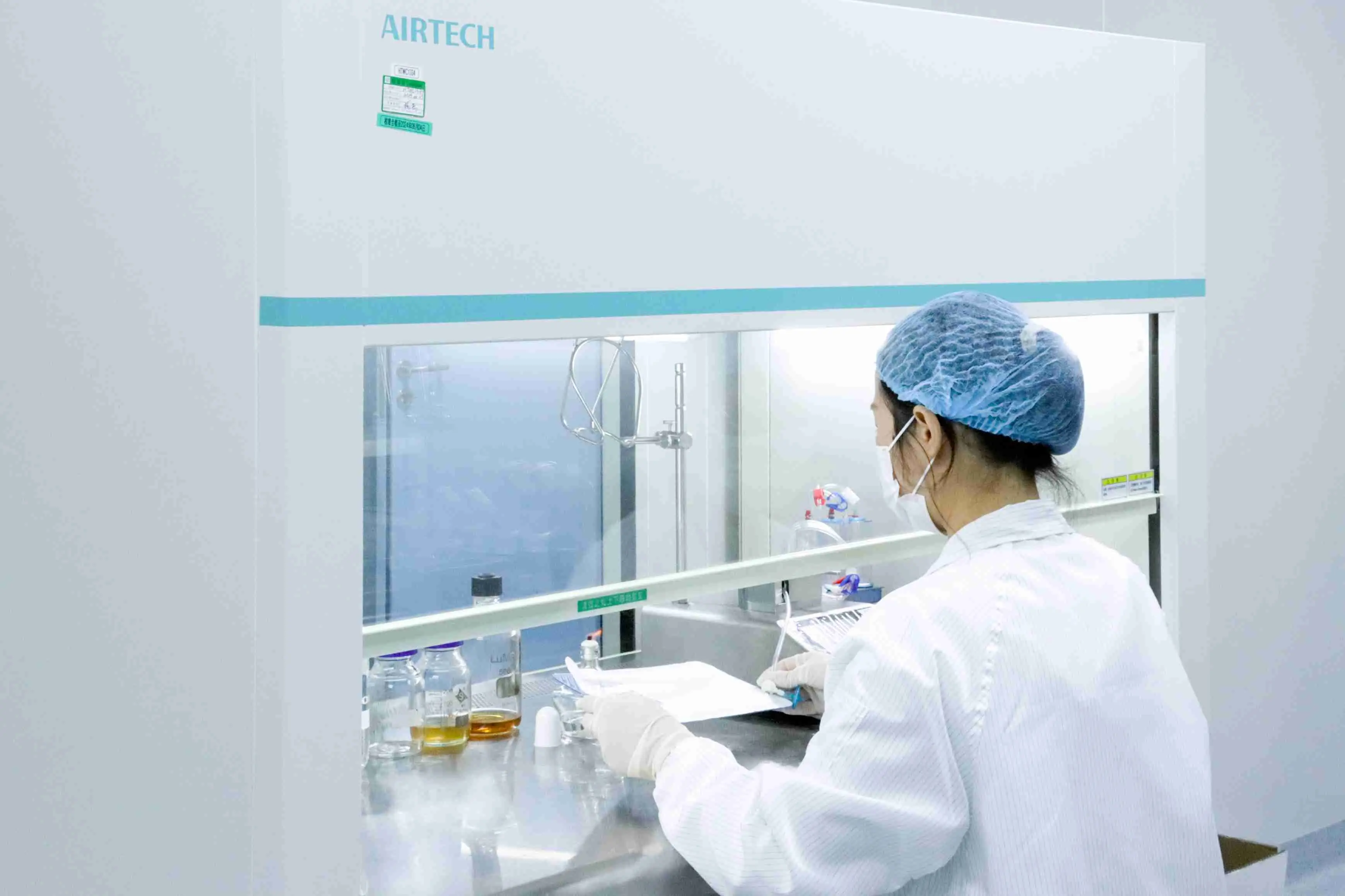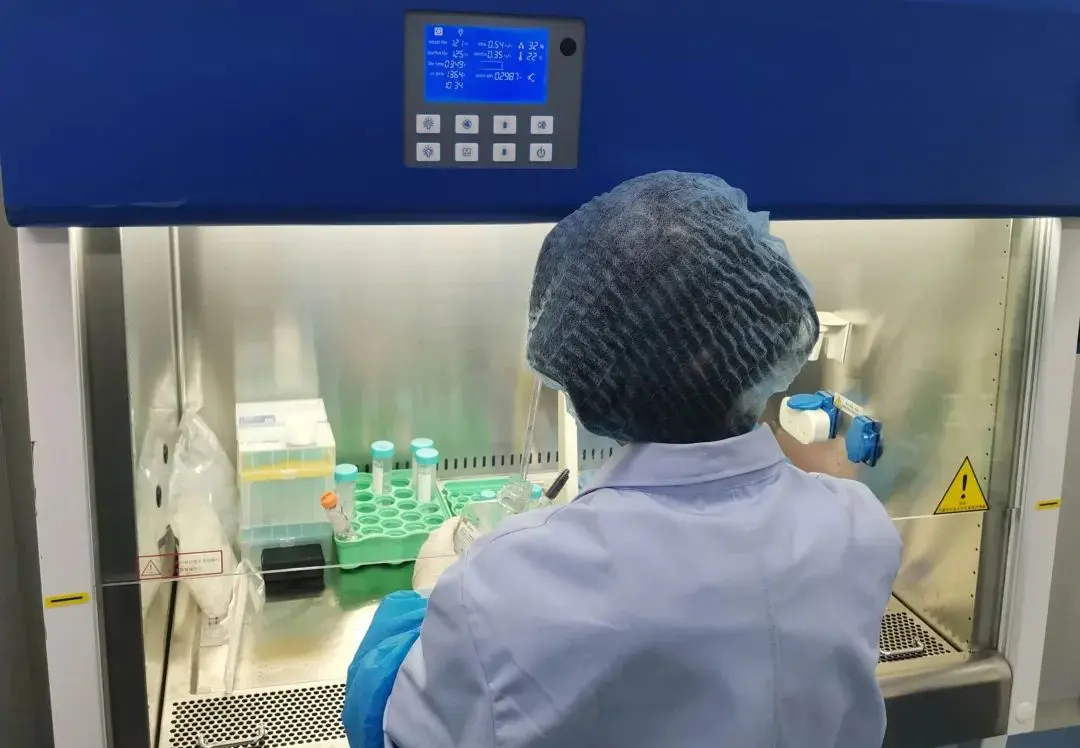
Household Printer CEC California Energy Efficiency
CEC (California Energy Commission) certification is a regULation implemented by the California Energy Commission (CEC) to improve the energy efficiency of electrical products, save energy, REDuce gas emissions, and mitigate the greenhouse effect. For printers and other office equipment, CEC certification is one of the necessary conditions for entering the California market in the United States.
Product Categories Covered by CEC Certification
CEC certification stipulates that many categories of electrical products must meet its energy efficiency requirements, including office equipment like printers. This means that if your printer is to be sold in California, it must meet the energy efficiency standards set by the CEC.
CEC Certification Testing Requirements
1. Testing Adjustments: Unless otherwise stated, tests should be conducted under the following conditions.
2. Test Instruments: Power measurements must be performed using calibrated voltmeters or power analyzers. Instruments must be calibrated according to IEC standards, with a margin of error no greater than 2% when testing at 0.5W, and no more than 0.01W when testing below 0.5W. The accuracy of the testing instruments must be 0.01W or better.
3. Test Room: As per IEC 62301 standards, the airflow in the test room must be 0.5 m/s or less, and the ambient temperature must be controlled within 23°C ± 5°C.
4. Test Voltage: According to IEC 62301 standards, the fluctuation range of the test voltage should not exceed ±1% of the specified test voltage and ±1% of the specified test frequency.
5. Results Display: According to cec energy efficiency regulations, starting from July 1, 2006, all external power supplies sold in California must meet the average efficiency and no-load power requirements.
Printer CEC Energy Efficiency Standards
1. ENERGY STAR Imaging Equipment Standard
2. IEC 62301
3. CEC Title 20
How to Apply for CEC Certification
1. Submit Application: Submit an application form to the certification body.
2. Sign Contract: Sign an entrustment testing contract with the certification testing agency.
3. Sample Testing: Send the samples to the lab and prepare documents such as electrical schematics, external/internal photos, oscillator circuit block diagram, user manual, nameplate labeling, and operation principle description (depending on the product).
4. Pass Testing: Upon successful testing, submit the application materials to a CEC-authorized certification body.
5. Certificate Issuance: The cec certificate is issued upon final approval.
Average Efficiency and No-Load Power Requirements
CEC certification sets different energy efficiency standards and no-load power requirements for equipment with varying output powers. For instance, certain equipment must record input power, input current, power factor, output voltage, and THD (Total Harmonic Distortion) under different load conditions (100%, 75%, 50%, 25%), and calculate the current efficiency value based on a formula to determine the average efficiency.
Significance of CEC Certification
Obtaining CEC certification not only ensures that printers and other equipment can be legally sold in California but also enhances product competitiveness in the market, builds consumer trust, and complies with increasingly strict environmental regulations.
Email:hello@jjrlab.com
Write your message here and send it to us
 What Certifications for Wireless Products Exported
What Certifications for Wireless Products Exported
 Which Lab Provide Brazil ANATEL Certification Serv
Which Lab Provide Brazil ANATEL Certification Serv
 What is FDA Cytotoxicity Testing
What is FDA Cytotoxicity Testing
 How Much Does a Cytotoxicity Test Cost
How Much Does a Cytotoxicity Test Cost
 What is Biocompatibility Cytotoxicity Test
What is Biocompatibility Cytotoxicity Test
 Global Cyber Security Compliance for Connected Pro
Global Cyber Security Compliance for Connected Pro
 What Certifications for Exporting Monitors to Euro
What Certifications for Exporting Monitors to Euro
 Bluetooth Headphones Exported to Australia Certifi
Bluetooth Headphones Exported to Australia Certifi
Leave us a message
24-hour online customer service at any time to respond, so that you worry!




